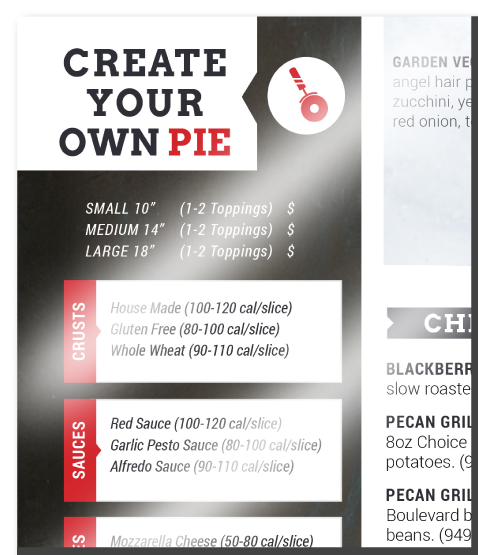What are the different types of laminated menus?
Lamination is a restaurant’s best friend when it comes to protecting the menu from food, water, and tearing during use. Laminating menus is effective because the process bonds a thin plastic film to both sides of the printed paper. This thin plastic film, known as lamination, is one of the few finishing processes that fully protects the ink on the paper by encasing it entirely. Other menu alternatives to laminated menus, such as synthetic menus, do not protect the ink as thoroughly from cleaning materials or wear and tear. Lamination can shield your menu from a harsh environment commonly found in everyday restaurants. Lamination is one of the only materials that can truly protect ink from rubbing off the surface of your menu substrate
However, did you know that they are different types of lamination that you can choose for your restaurant menu? Laminates comes in different finishes, such as gloss, satin, matte, and soft touch. Also, lamination comes in different thicknesses ranging from 1.2 to 10 mil.
The varying laminated finishes all impact the color of the ink printed on the menu in different ways. However, with experienced color management, negative effects of lamination over photos can be minimized.
What is Gloss Lamination?
Gloss lamination adds a noticeable shine to the menu. Compared to other types of lamination, gloss lamination is more scratch resistant and easier to clean. Gloss lamination can be manufactured with anti-microbial properties
What is Satin Lamination?
Satin lamination provides a compromise between gloss lamination and matte lamination, which provides a duller shine to the menu.
What is Matte Lamination?
Matte lamination provides a solution that is less shiny underneath direct lighting compared to gloss lamination. Matte lamination is sometimes referred to as a more sophisticated appearance for the menu.
What is Soft Touch Lamination?
Soft touch laminated menus provide more of a matte appearance with a velvet touch. The velvet tactile finish is often view as more luxurious compared to the other lamination finishes.





